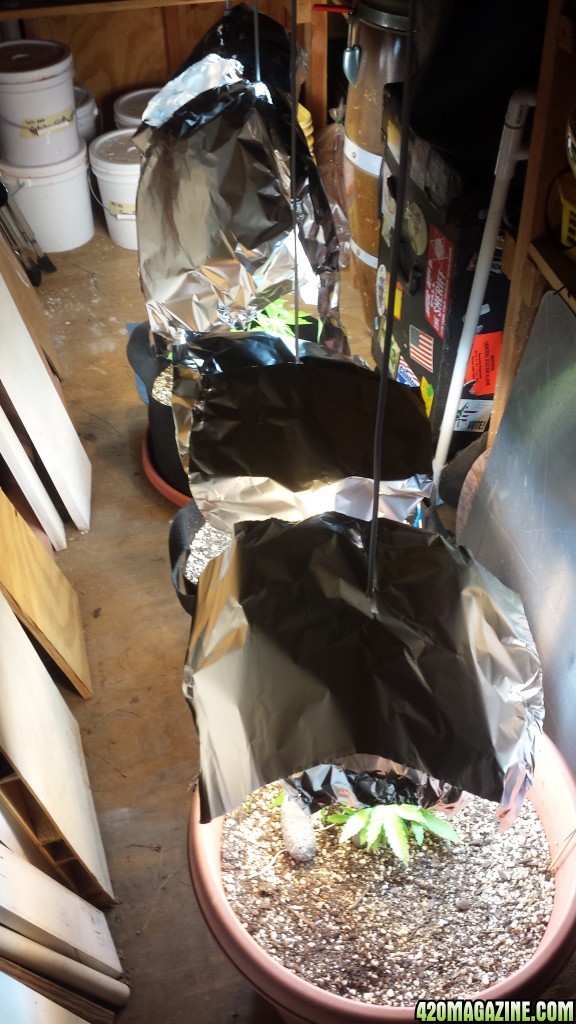Thanks Shed. I’ve found that fungus gnats don’t like to burrow through a 1/4-1/2” thick layer of pumice. I can get a 40 lb sack of Dry Stall at the local feed store for $12. With all the nooks and crannies, pumice has a tremendous amount of surface area and holds moisture/nutrients for fine roots to exploit. Also, unlike perlite, it doesn’t crush/break down, which helps reduce soil compaction, and doesn’t float out of the soil. Only downside I know of is that it makes the pot heavier, but not such a bad thing if your pot is outside, and you want to keep your plant from blowing over.










 )
)